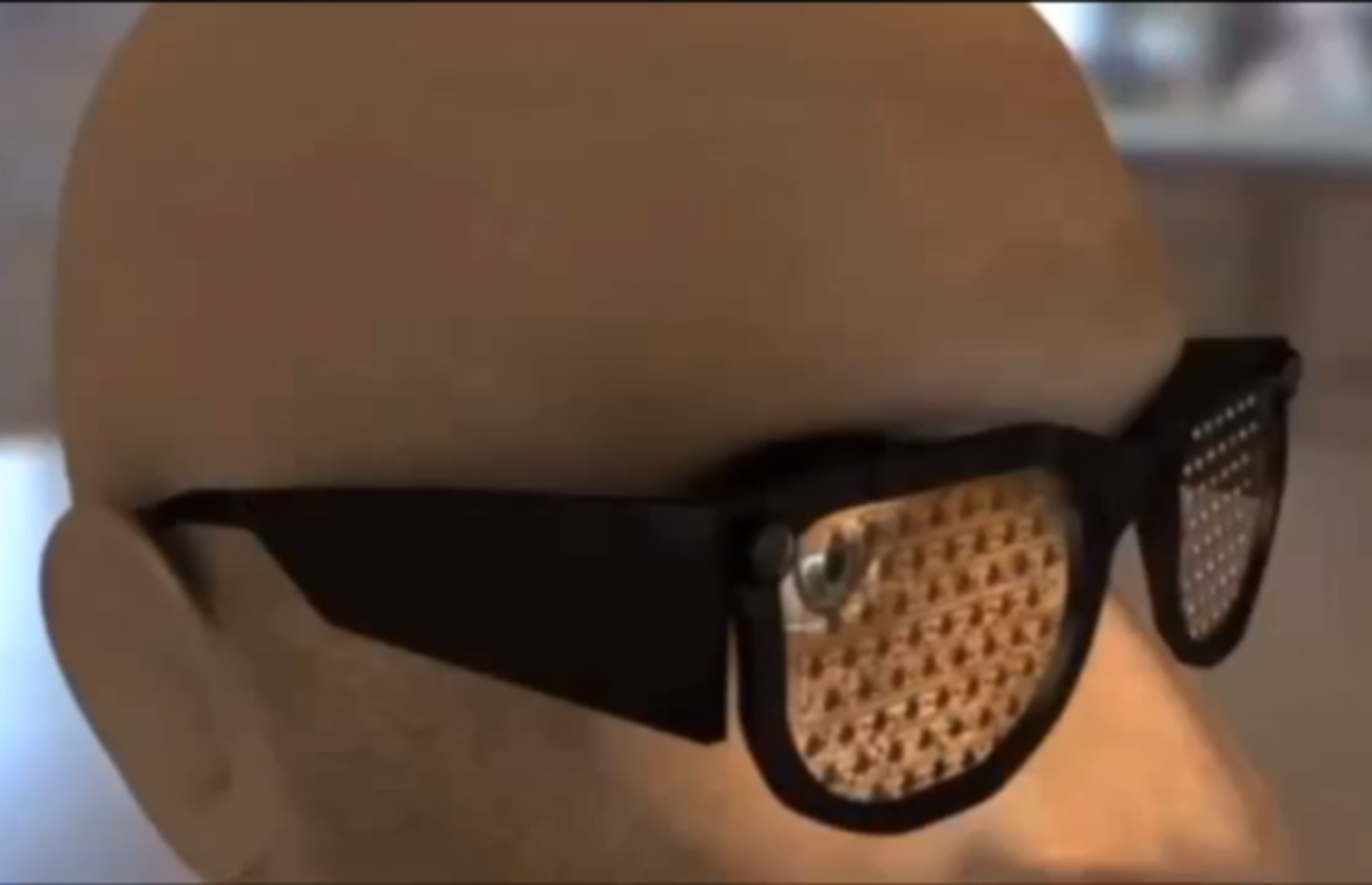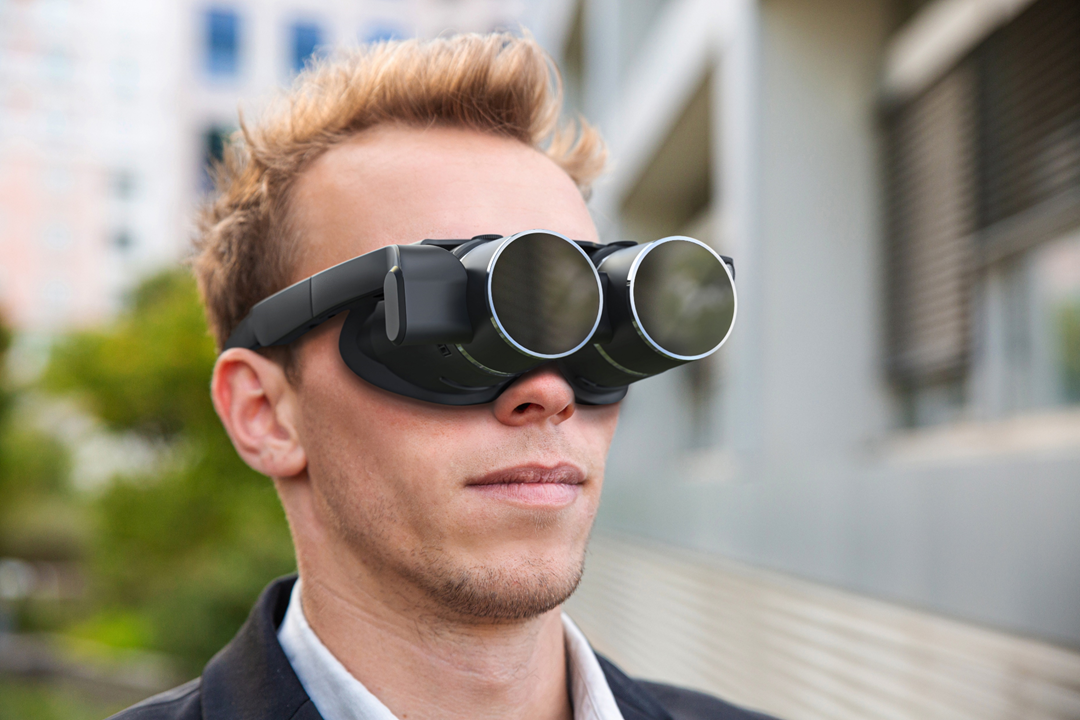Discover Advanced Assistive Devices for People With Visual Disabilities
The landscape of assistive technology for people with aesthetic impairments is progressing swiftly, offering an array of cutting-edge devices that enhance autonomy and interaction. From clever glasses that seamlessly merge visual input with auditory advice to innovative navigating applications that redefine spatial recognition, these devices are improving possibilities.
Smart Glasses Innovations
Smart glasses represent a considerable innovation in assistive modern technology for people with visual impairments. Outfitted with sensing units and cams, wise glasses can catch real-time visual info, which is after that refined and shared to the customer with sound responses or haptic sensations.
Furthermore, innovations in expert system have actually even more improved the capabilities of clever glasses. Artificial intelligence formulas can acknowledge faces, reviewed message, and recognize items, making them important devices for day-to-day tasks. Users can obtain auditory hints that supply context concerning their setting, promoting self-reliance and self-confidence.
In addition, the ergonomic layout and lightweight nature of lots of smart glasses make them suitable for extended use, guaranteeing convenience while boosting performance. As these gadgets proceed to develop, they hold the potential to change the method people with visual problems experience their lives, linking the space in between access and innovation. The ongoing r & d in this area promise to broaden the opportunities for smart glasses, making them a vital element of modern-day assistive tools.
Navigation Application and Equipment
Numerous navigation applications and tools have emerged as necessary resources for individuals with visual problems, significantly improving their capability to traverse strange settings. These innovations leverage GPS performance, audio signs, and real-time data to provide individuals with precise navigation assistance.
One famous instance is the Aira app, which attaches individuals to skilled agents that can offer visual descriptions of environments and navigating assistance with a real-time video clip feed. This service enhances the user's spatial awareness and self-confidence while navigating. One more significant tool is Seeing Eye GPS, which uses voice-guided navigating and sights, making it possible for customers to access important information concerning their surroundings.

As technology continues to advance, the development of a lot more advanced navigation tools assures to more encourage people with aesthetic problems, assisting in smooth mobility and assimilation into diverse settings. Such technologies contribute in advertising a more comprehensive society.
Braille Innovation Advancements
In recent years, innovations in Braille modern technology have considerably transformed just how people with aesthetic impairments accessibility information and engage with the world around them. The development of portable Braille screens has changed reading by allowing individuals to link wirelessly to computer systems, mobile phones, and tablets. These gadgets transform text right into Braille in real-time, allowing smooth communication with digital web content.
Additionally, ingenious Braille you can try these out printers have actually arised, boosting the production of tactile materials. Modern embossers are quicker and more effective, enabling the quick development of Braille papers and academic products. This performance decreases the time and cost associated with generating Braille sources, making them more available to organizations and schools.
In addition, the assimilation of Braille with various other technologies, such as artificial intelligence and equipment understanding, has actually opened new methods for tailored discovering experiences. Voice recognition and synthesis technologies can enhance Braille, giving an inclusive method to information circulation.
As the demand for comprehensive education and learning and work environment environments expands, these technological improvements play a vital function in encouraging people with visual problems, ensuring they have equal accessibility to information and opportunities in different aspects of life.
Wearable Devices for Self-reliance
A growing variety of wearable devices is improving independence for people with visual problems, providing cutting-edge services that boost navigation and everyday living. Braille displays and notetakers. These devices use innovative innovations to give real-time comments and assistance, promoting freedom in various settings

Wearable technology also includes smartwatches that can be set with accessibility features, making it possible for users to obtain alerts, track their locations, or even call for support with the touch of a button. Furthermore, some gadgets integrate expert system to evaluate the atmosphere, offering audio summaries of neighboring things or individuals.
Voice-Activated Assistive Solutions
Leveraging voice-activated assistive services has transformed the landscape of support for people with aesthetic disabilities, supplying hands-free interaction and access to a selection of jobs. These technologies utilize natural language processing and expert system to make it Check This Out possible for individuals to carry out daily tasks via basic voice commands.

Moreover, current innovations in voice acknowledgment accuracy have improved the individual experience considerably, accommodating diverse accents and speech patterns. This inclusivity ensures that even more individuals can gain from these modern technologies, promoting a vision care center better sense of freedom.
Conclusion
Finally, the growth of advanced assistive tools substantially boosts the freedom and lifestyle for people with visual impairments. Developments such as wise glasses, navigation applications, Braille technology, wearable devices, and voice-activated remedies collectively foster a more comprehensive environment. These technologies equip customers to navigate their surroundings with confidence and engage more fully with the world, eventually advertising greater availability and level playing fields for individuals facing visual difficulties.
The landscape of assistive innovation for people with visual disabilities is advancing swiftly, offering a variety of cutting-edge tools that boost freedom and interaction.Smart glasses stand for a substantial innovation in assistive innovation for people with visual disabilities. As these devices proceed to evolve, they hold the potential to change the means individuals with visual disabilities experience their daily lives, bridging the space in between ease of access and technology.In current years, innovations in Braille modern technology have actually considerably transformed how people with aesthetic disabilities gain access to info and engage with the globe around them. These innovations equip users to browse their surroundings with self-confidence and engage more totally with the world, inevitably advertising greater access and equal opportunities for people facing aesthetic difficulties.